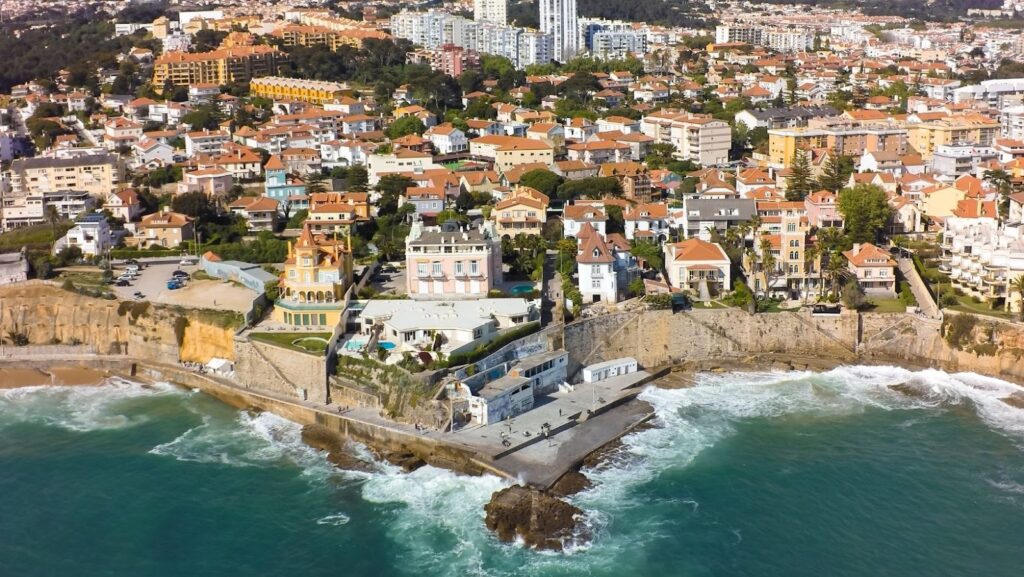North African country is home to some of the most stunning architecture and scenery in the world. Morocco’s capital city, Rabat, is home to many beautiful mosques and palaces. The city of Marrakesh is a popular tourist destination, known for its vibrant markets and ancient medina. Other notable Moroccan cities include Fez, Tangier, and Agadir.
Morocco is a country with a rich culture and history. The earliest known inhabitants of the region were the Berber people. The Arabs invaded Morocco in the 7th century, and the country has been a part of the Arab world ever since. However, Morocco has retained its own unique culture, influenced by both Arab and Berber traditions. Morocco is also home to a significant population of Jews, who have lived in the country for centuries.
What is the only african country with both mediterranean and atlantic coastlines
The only African country that borders both the Mediterranean and Atlantic is Morocco. This North African country is home to some of the most stunning architecture and scenery in the world. Morocco’s capital city, Rabat, is home to many beautiful mosques and palaces. The city of Marrakesh is a popular tourist destination, known for its vibrant markets and ancient medina. Other notable Moroccan cities include Fez, Tangier, and Agadir.
What are some of the benefits of having two coastlines
Some benefits of having two coastlines include increased trade opportunities and access to different cultures. Having two coastlines also provides a country with multiple port cities, which can be used for tourism or shipping purposes. Additionally, countries with two coastlines typically have a more diverse range of fish and other seafood available. This is due to the different climates and ecosystems found near each coastline.
What is the history of this African country
The earliest known inhabitants of the region now known as Morocco were the Berber people. The Arabs invaded Morocco in the 7th century, and the country has been a part of the Arab world ever since. However, Morocco has retained its own unique culture, influenced by both Arab and Berber traditions. Morocco is also home to a significant population of Jews, who have lived in the country for centuries.
Morocco is a country with a rich culture and history. The earliest known inhabitants of the region were the Berber people. The Arabs invaded Morocco in the 7th century, and the country has been a part of the Arab world ever since. However, Morocco has retained its own unique culture, influenced by both Arab and Berber traditions. Morocco is also home to a significant population of Jews, who have lived in the country for centuries.
How do the two coastlines differ from each other
The two coastlines of Morocco differ in climate and ecosystem. The Mediterranean coastline is home to warm, dry summers and mild, wet winters. This coastline is also known for its rocky shores and clear waters. The Atlantic coastline, on the other hand, experiences cooler temperatures and has a more diverse range of seafood. Additionally, the Atlantic coastline is home to several large ports, including the city of Tangier.
The Mediterranean coastline of Morocco is known for its sandy beaches and clear waters. The Atlantic coastline, on the other hand, is rougher and more rocky. Additionally, the climate near the Mediterranean is typically warmer and dryer than the climate found near the Atlantic. This is due to the difference in latitude between the two coastlines.
What are some tips for visitors to make the most out of their trip
Some tips for visitors to Morocco include exploring the country’s many markets, visiting the ancient city of Marrakesh, and enjoying the stunning views from atop one of the many mosques. Additionally, visitors should be sure to try some of the local cuisine, which is influenced by both Arab and Berber traditions. Moroccan food is typically hearty and flavorful, and can be found in many restaurants throughout the country.


More Stories
A Year-Long Journey Through Europe: Discovering Portugal, Spain, Italy, and Greece
Things to do in Philadelphia
Miramar Moving Company: Your Trusted Partner for Stress-Free Relocations